Destination Morocco -The latest home of essential oils January 9, 2022
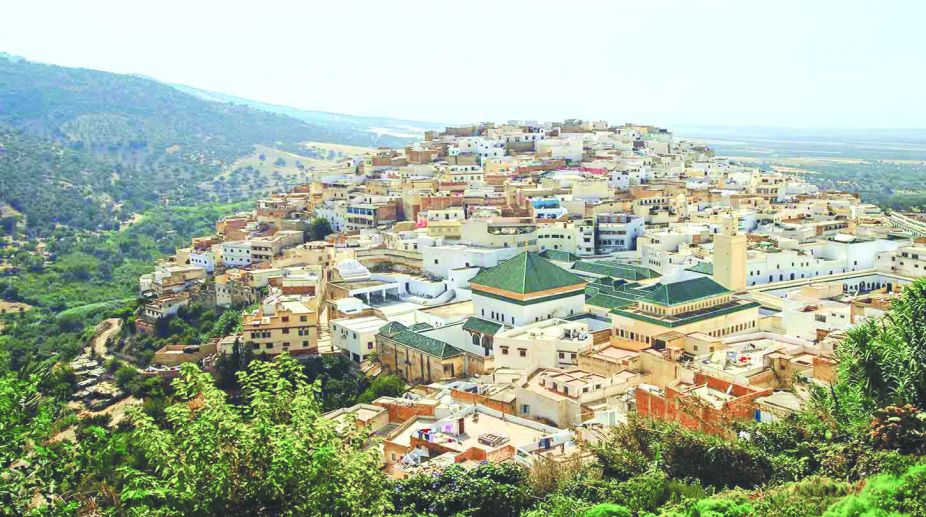
Morocco is a treasure trove of natural beauty and some hidden wellness secrets. An incredible essential oils range courtesy of a diverse flora headlines its wellness experience. A variety of plants, herbs, trees, and flowers with numerous health benefits form the core of Morocco’s essential oils journey. Moroccan essential oils greatly improve physical and psychological well-being. They are also popular products in aromatherapy. Below are some of the most renowned and beneficial oils produced in this African nation. Morocco and her plethora of natural ingredients have charmed the world, and it just keeps getting better.
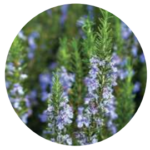 Rosemary Cineole Oil
Rosemary Cineole Oil
Rosemary cineole, scientific name Rosmarinus officinalis, grows in the wild. It is mostly found in north-east Morocco near the Algerian border. The harvest season falls between June and October. Morocco annually produces around 100 tonnes of the oil. The oil is extremely beneficial in treating respiratory and bronchial problems. It is also anti-inflammatory, analgesic, and effective against certain skin conditions, joint and muscle pain. India is one of the biggest buyers of the plant leaves, which are used in making oil and antioxidants.
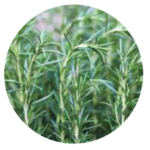 Rosemary Verbenone Oil
Rosemary Verbenone Oil
Rosmarinus officinalis verbenoniferum, is a shrub cultivated in Kenitra, Morocco. It is harvested between June and July. The oil extracted from the leaves is good for detoxification, ENT, and bronchial diseases. Purifying, rosemary verbenone essential oil is widely used in skincare. To help reduce stretch marks, it makes use of restorative properties. It is also considered to be detoxifying.
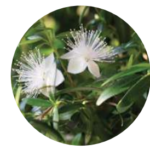 Myrtus Communis Oil
Myrtus Communis Oil
An evergreen shrub, which is excellent for hair growth, Myrtus communis is produced in limited quantity in Morocco. It requires authorisation from the Ministry of Forestry. The harvesting process is undertaken with the aid of co-operatives in the wild areas of Ouazdan. The shrub matures and is ripe for harvesting between September and October. This oil is traditionally recommended in cases of respiratory discomfort and to free the breath. It is also renowned for its toning and astringent properties.
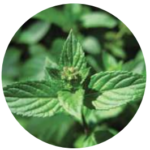 Spearmint Nanah Oil
Spearmint Nanah Oil
The plant, a variety of Mentha spicata, flourishes in the wild region of Guisser in Morocco. The harvest season for spearmint nanah is between July and September. Spearmint nanah has a stronger flavour than varieties of spearmint cultivated in Europe. It is popularly used in teas and as a condiment in several recipes. The essential oil is great for digestion and possesses antibacterial and anti-inflammatory qualities.
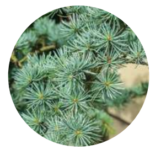 Cedarwood Atlas Oil
Cedarwood Atlas Oil
Scientifically known as Cedrus atlantica, this essential oil possesses a woody scent. It is extracted from the leaves, bark, needles and berries of atlas cedar trees. Since the trees are evergreen, the oil can be extracted throughout the year. But, with atlas cedar being an endangered resource, careful consideration is required before undertaking the process. Cedarwood atlas oil is a popular ingredient in shampoos, insect repellents and colognes. It is also a great product to solve hair fall and scalp issues.
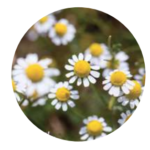 Chamomile Wild Oil
Chamomile Wild Oil
Wild chamomile oil is extracted from the flowers of Ormenis mixta through steam distillation. It prominently grows in Kenitra, Morocco. The harvest season falls between May and June. Morocco roughly produces 800 kg of wild chamomile. The demand-supply dynamics of wild chamomile witness major fluctuations. The oil is known for its anti-inflammation properties, and has a soothing effect on the mind and body.
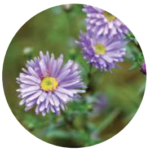 Chamomile Blue Oil
Chamomile Blue Oil
Chamomile blue is cultivated in North Morocco, and harvested in September. The annual national production is in the range of 600-1,000 kg. The plant is popular for its calming effect, and is used to release stress, tension, irritation, anger and anxiety. Morocco produces limited quantities of the oil, though traditionally it has witnessed high demand in the market.
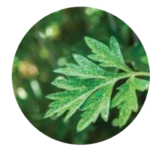 Armoise (White) Oil
Armoise (White) Oil
Artemisia herba alba (botanical name), is extracted through steam distillation from the plant leaves. The harvest season falls between September and November. The oil has a strong, long-lasting odour. It is popularly used in aromatherapy for its calming and anxiety relieving qualities. It is also a popular ingredient in perfumes.
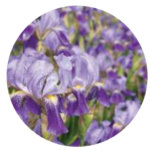
Iris Oil
Iris germanica is a hybrid evergreen plant. Its roots can go as deep as 10 cms. Oil is extracted from the roots of the plant. Iris has a sweet odour, which makes it a popular product for the perfumery industry. It is also prized for its antiseptic qualities that aid in solving various skin ailments.
Mimosa Oil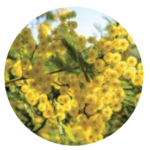
Mimosa goes by the botanical name Acacia dealbata. The oil is extracted via steam distillation from its flowers. It blends well with most carrier oils. Mimosa oil is popularly used in making perfumes and scents. It is also great for hydrating the skin, and thus used in cosmetics.
Neroli Oil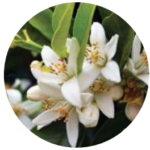
Neroli oil is extracted from the flowers of Citrus aurantium var. amara via steam distillation. It is harvested between April and May. The country produces around 1,000 kg of the oil annually. The oil possesses rich citrus tones with a floral aroma. Its soothing effect makes it a popular ingredient in body lotions and aromatherapy. In Morocco, Marrakech and Kenitra house major neroli fields.
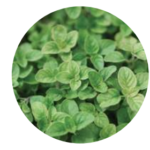 Oregano Oil
Oregano Oil
Origanum compactum is an aromatic and medicinal plant flourishing in the wild areas of Morocco. It is harvested at the culmination of summer. Oregano helps in the treatment of pulmonary and gastrointestinal infections.
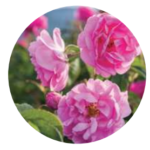
Rose Oil
Rosa damascena flourishes in the M’Goun Valley in Morocco. Its main growing season is between April and mid-May. During this period, roughly 3,000-4,000 tonnes of roses are produced. Rose oil is obtained from flowers through steam distillation. The oil is known to reduce depression, anxiety and stress. It is also effective against harmful bacteria and fungi.
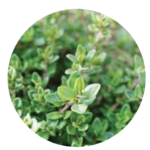 Thyme Borneol Oil
Thyme Borneol Oil
Oil from Thymus satureoides is obtained via steam distillation from its flowers. Thyme borneol oil has a warm, earthy aroma. It is known to treat fatigue, regulate breathing and reduce heavy coughing.
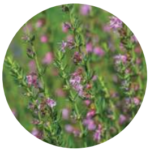 Verbena Oil
Verbena Oil
Verbena oil has a fruity scent. It is extracted from the leaves of the deciduous shrub verbena Aloysia citrodora. The plant can be cultivated almost throughout the year. But the oil extracted from the yield in spring is superior to those obtained during summer and autumn. Verbena oil has a refreshing aroma and is used to treat cramps, clear congestion and indigestion. It is also a popular ingredient in creating body lotions, soaps and perfumes.
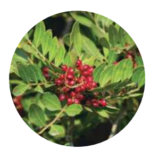 Mastic Oil
Mastic Oil
Mastic oil is extracted via steam distillation from the branches and flowers of Pistacia lentiscus, also known as mastic. It thrives in Mediterranean climates. The oil yield is good only when extracted from trees at least 10 years old. Mastic oil possesses anti-bacterial, anti-inflammatory, and anti-oxidant properties.
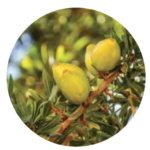 Argan Oil
Argan Oil
Argan oil is extracted from the kernels of the fruit of the argan tree (Argania spinosa). The harvest season falls between June and August. The tree is native to the Sous valley in southwestern Morocco. An argan tree lives for about 200 years. Argan oil is popular across the globe for its medicinal, cosmetic, and culinary applications.
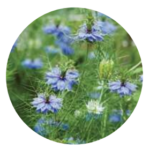 Black Cumin Seed Oil
Black Cumin Seed Oil
Black cumin seed oil is extracted from the seeds of the flowering plant Nigella sativa. It requires a hot summer before it can be harvested. The oil is known to have antioxidant and antifungal properties. It is also a popular ingredient in numerous health foods.
 Ultra International B.V.
Ultra International B.V.